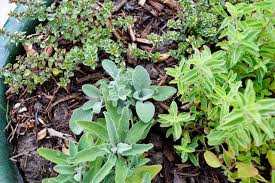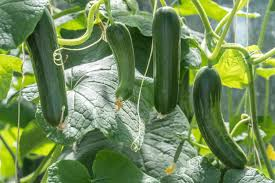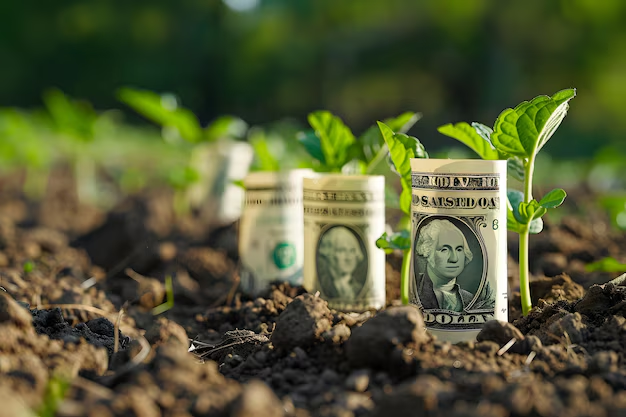Home-grown produce often tastes fresher and better than store-bought, and it can save you money too. Many people grow their own food to reduce grocery costs, and choosing high-value crops is an excellent way to maximize your savings. Here’s how you can make the most of your garden space by growing crops that give you the best return on your investment.
What Makes a Crop High-Value?
High-value crops meet certain criteria that make them more worthwhile to grow compared to buying them at the store. These criteria include:
- Expensive to buy in stores: Crops like herbs (e.g., rosemary, sage, and mint) are easy to grow and don’t require much space, making them great value. Compare this with crops like white onions, which are inexpensive to buy but take up more space and care in the garden.
- High yield for the space they use: Tomatoes are a prime example. With one plant, you can harvest several pounds of fruit, and their vertical growth means they take up less ground space, making them perfect for small gardens.
- Superior taste when home-grown: Many fruits, such as strawberries and raspberries, taste far better when home-grown. These fruits are often picked early for shipping to stores, compromising their flavor. Growing your own allows you to harvest them at their peak ripeness for the best flavor.

High-Value Crops to Grow at Home
Several crops are ideal for home gardeners looking to save money:
- Herbs: Most kitchen herbs are easy to grow and many are perennials, meaning they’ll come back year after year with little care. Instead of buying small packages of herbs that spoil quickly in the fridge, you can grow your own herbs like sage, rosemary, mint, and thyme. These herbs can be harvested fresh for up to 9 months in many regions, and you can preserve extra by drying or freezing.
- Salad Greens: Lettuce, arugula, and Oriental salad greens are simple to grow and provide fresh, zero-waste produce. A supermarket survey found that nearly 68% of bagged salad is wasted, much of it at home. Growing your own means you can harvest only what you need, guaranteeing freshness. Perpetual spinach and Swiss chard are also great options, growing almost all year with minimal care.
- Tomatoes: While tomatoes require more attention in terms of watering and feeding, they are worth it. Home-grown tomatoes are flavorful, and you can choose from a wide range of varieties that aren’t typically available in stores. Cherry tomatoes, in particular, are a great choice for beginners and produce delicious fruits for salads.
- Rhubarb: Easy to maintain and hardy, rhubarb comes back every year and is often expensive to buy. Simply add well-rotted manure at the start and end of the growing season, and you can enjoy this tart fruit in a variety of dishes. Rhubarb can be frozen for later use, making it a great long-term investment.
- Fruit Trees and Bushes: While they take a couple of years to establish, fruit trees and bushes, such as apples or raspberries, can yield a bountiful harvest with minimal space. You can even train them to grow along fences or walls to save space.
- Zucchini: Zucchini plants are high-yielding, producing up to 9 pounds of fruit per plant each season. They come in a variety of sizes, colors, and tastes, and climbing or tumbling varieties are great for small spaces like balconies.

Maximizing Your Garden’s Potential
With careful planning, you can grow many high-value crops in a small garden. Use garden planners and filters to help you select crops that fit your space and growing season. By choosing crops that are both expensive in stores and easy to grow in your climate, you can significantly cut down on grocery bills while enjoying fresh, home-grown food.
Ultimately, what qualifies as a high-value crop will depend on your location, space, and personal tastes. Focus on crops that are expensive to buy and that you can grow in abundance, and you’ll enjoy a thriving, cost-effective garden that supplies you with delicious, home-grown produce throughout the year.
